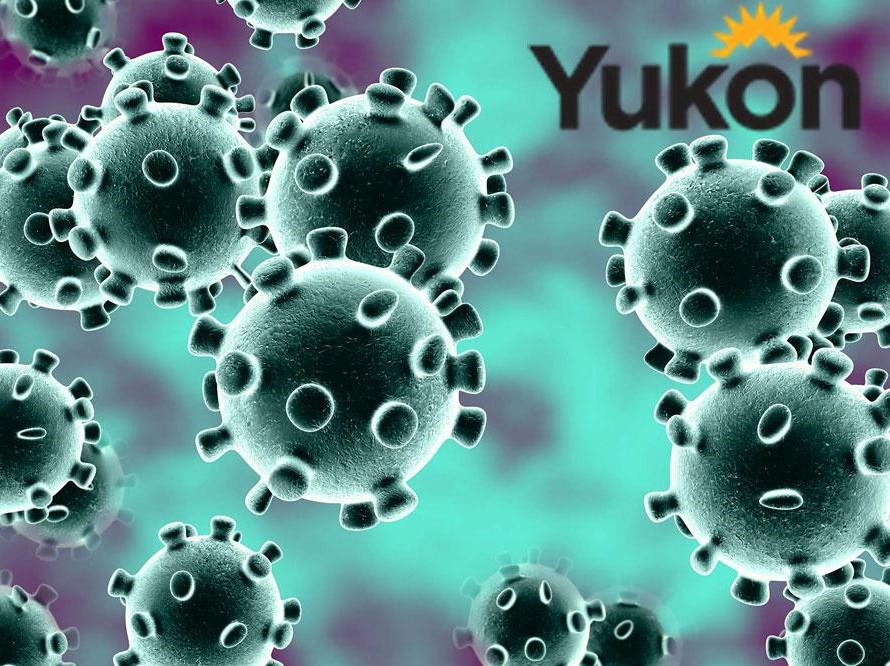
As of today, September 16, at 2 p.m., the COVID-19 case count for Yukon is 15. Everyone has recovered. We have tested 3,020 people. We have developed guidance based on three colour zones to help parents and guardians know when to keep children home from school or daycare.
The Government of Yukon has the following updates for the Yukon public on measures being taken in response to the COVID-19 pandemic.
COVID-19 cases and recoveries
As of today, September 16, at 2 p.m., the COVID-19 case count for Yukon is 15. Everyone has recovered. We have tested 3,020 people.
Respiratory Assessment Centre
From Wednesday, September 9, to Tuesday, September 16, we tested 129 people at the Respiratory Assessment Centre in Whitehorse.
Symptom criteria for staying home from schools and daycares
We have developed guidance based on three colour zones to help parents and guardians know when to keep children home from school or daycare.
“Green” means the child is well, has no symptoms and can attend school. This green zone includes situations where they have symptoms consistent with a previously diagnosed health condition and which are not unusual for that child.
“Yellow” means the child has symptoms such as a runny nose, a headache or fatigue. The yellow zone means the child should stay at home for 24 hours and see whether the symptoms progress or resolve.
If a child has a runny nose or nasal congestion that persists beyond 24 hours but it’s mild and doesn’t progress and the child is otherwise well, then the child may go back to school or daycare.
Yellow symptoms are:
- Headache
- Runny nose or congestion
- Sore throat
- Fatigue or just unwell, or unable to participate in usual activities
- Major or intense fatigue
- Generalized muscle pain (not related to physical exertion)
- Significant loss of appetite
- Vomiting or diarrhea
If a child only has vomiting or diarrhea, they can return to school when they have no further symptoms for at least 24 hours.
“Red” means the child has a new cough, fever or difficulty breathing. In these situations, we recommend that they’re tested for COVID-19 and are assessed by a health care provider as needed.
We especially recommend testing if a child has more than one of the following “red” symptoms:
- Cough
- Fever
- Shortness of breath or difficulty breathing
- Loss of taste or smell
If a child isn’t tested, they must remain in self-isolation until their symptoms resolve and for at least 10 days from when they started having symptoms.
Six new charges under the Civil Emergency Measures Act
Six new charges were laid under the Civil Emergency Measures Act on September 11 and September 15.
Two charges were laid on September 11:
- failure to self-isolate; and
- failure to transit through Yukon.
Four charges were laid on Sept 15:
- two failures to self-isolate; and
- two failures to behave in a manner consistent with the declaration.
We will not provide information that may identify anyone, such as their name or where they received the charge.
Reminder about isolation requirements
Travellers who are required to self-isolate must complete their entire 14-day isolation when they arrive back in Yukon. This includes people who spent time in BC, the NWT or Nunavut after they travelled from other regions of Canada or internationally. The entire 14-day isolation must happen after people arrive in Yukon.
People must also be reachable at the phone number and address they’ve provided on their declaration form throughout their period of self-isolation. They may receive a spot check call from the Government of Yukon. These spot check calls are separate from the Public Health Agency of Canada checks that are for people who have been outside the country.
Enforcement statistics
The Government of Yukon has received 795 complaints:
- Failure to self-isolate: 441
- Social gatherings over 10 inside or 50 outside: 23
- Failure to transit through Yukon in 24 hours or stay on the designated route: 308
- Businesses failing to comply with Orders: 8
- Failure to abide by a declaration form or not permitted entry into Yukon: 13
- Other: 2
There have been 12 charges in total laid under the Civil Emergency Measures Act (CEMA).
A total of 45,685 travellers have come into Yukon:
- Resident travellers: 9,379
- BC residents: 8,615
- NWT residents: 257
- Other approved jurisdictions (Nunavut): 623
- Non-residents outside of BC, the NWT and Nunavut staying: 8,999
- Non-residents transiting: 17,764
- Other: 48
- Decals distributed indicating out-of-territory vehicles allowed in Yukon: 261


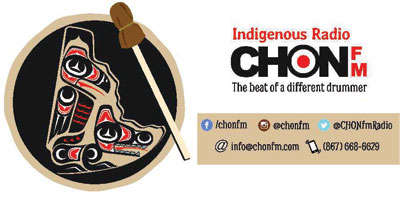
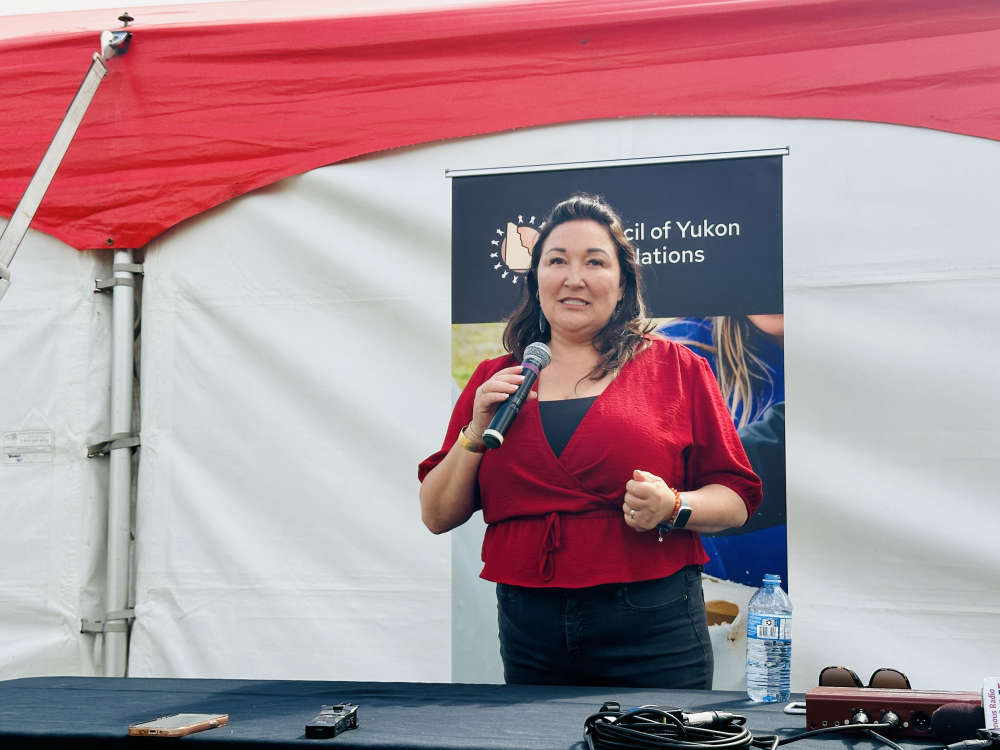 Math'ieya Alatini elected CYFN Grand Chief
Math'ieya Alatini elected CYFN Grand Chief
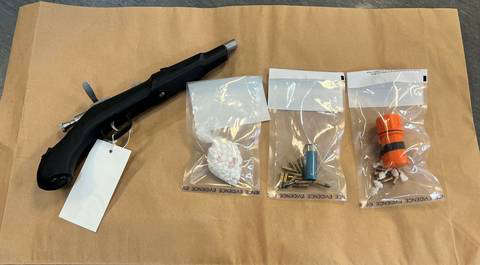 Watson Lake man charged in firearm robbery
Watson Lake man charged in firearm robbery
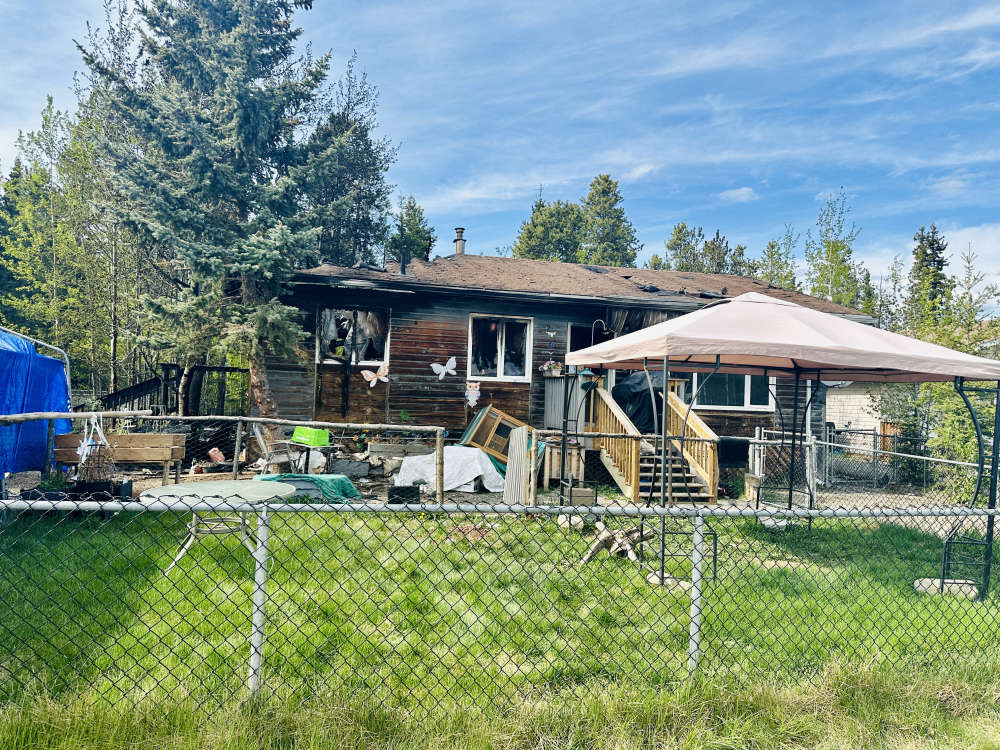 House fire in McIntyre contained
House fire in McIntyre contained
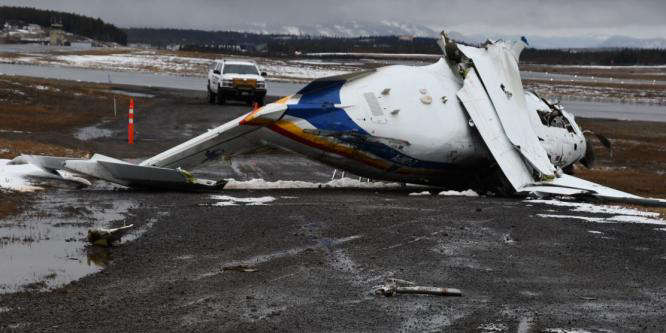 RCMP plane crash caused by faulty sensor: TSB report
RCMP plane crash caused by faulty sensor: TSB report
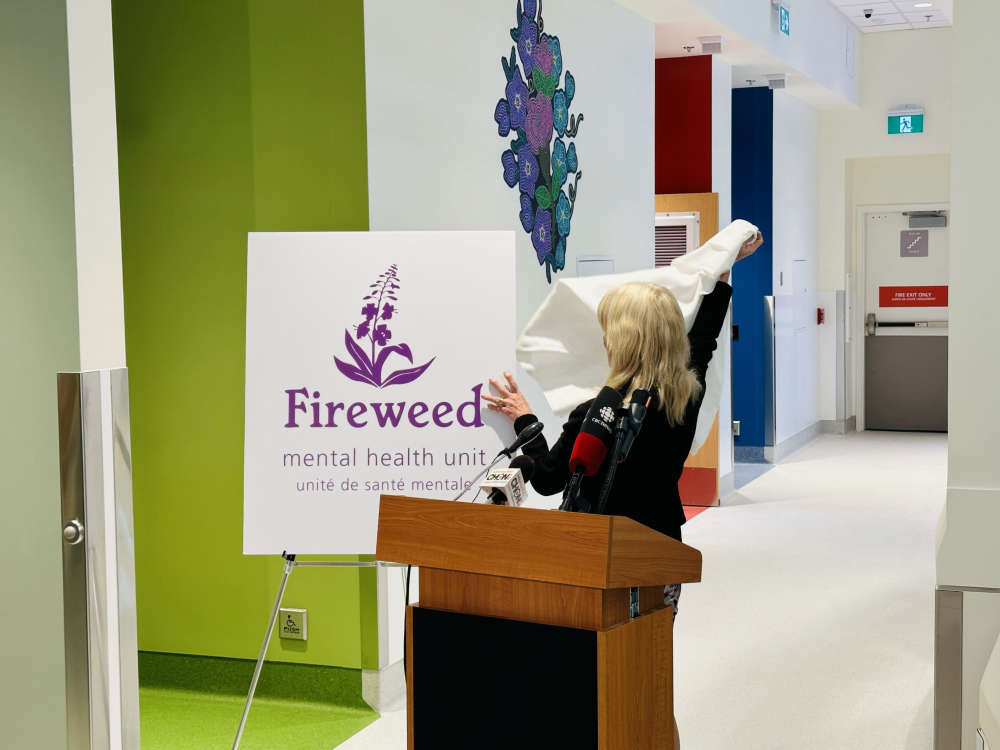 New Fireweed Mental Health unit opens at Whitehorse General Hospital
New Fireweed Mental Health unit opens at Whitehorse General Hospital
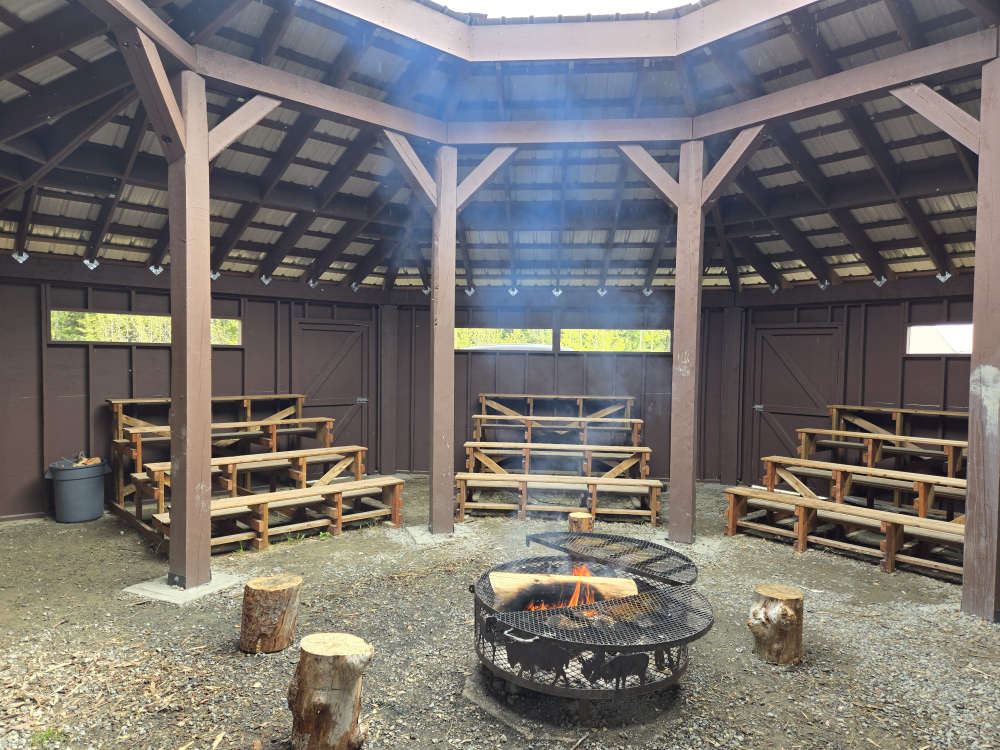 Traditional learning camp opens at Whitehorse school
Traditional learning camp opens at Whitehorse school
 Yukon Schools introduce online registration for bus service
Yukon Schools introduce online registration for bus service
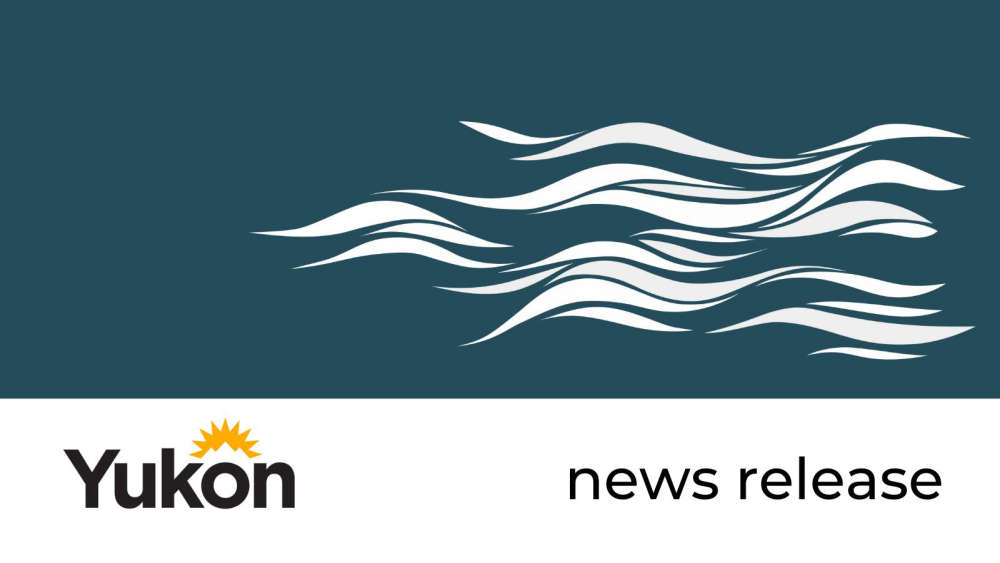 Yukon Government unveils progress in healthcare transformation with 2024 Putting People First annual report
Yukon Government unveils progress in healthcare transformation with 2024 Putting People First annual report
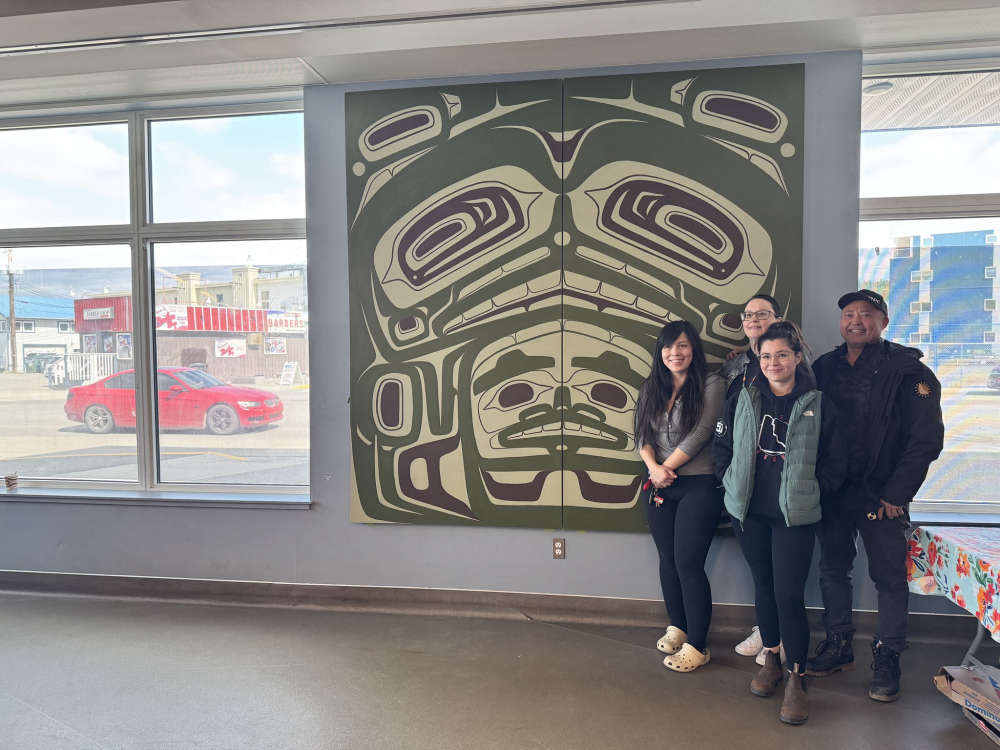 Whitehorse Emergency Shelter unveils New Artwork celebrating Yukon First Nations culture
Whitehorse Emergency Shelter unveils New Artwork celebrating Yukon First Nations culture
 Former Whitehorse City Councillor Ted Laking announces bid for Yukon Party nomination in Porter Creek Centre
Former Whitehorse City Councillor Ted Laking announces bid for Yukon Party nomination in Porter Creek Centre
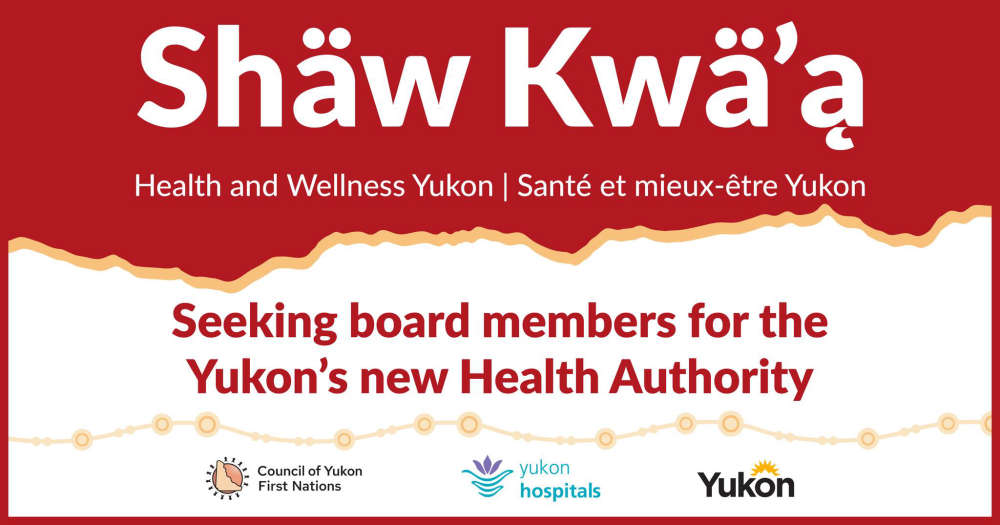 Yukon Government seeks applicants for new Health Authority Board
Yukon Government seeks applicants for new Health Authority Board
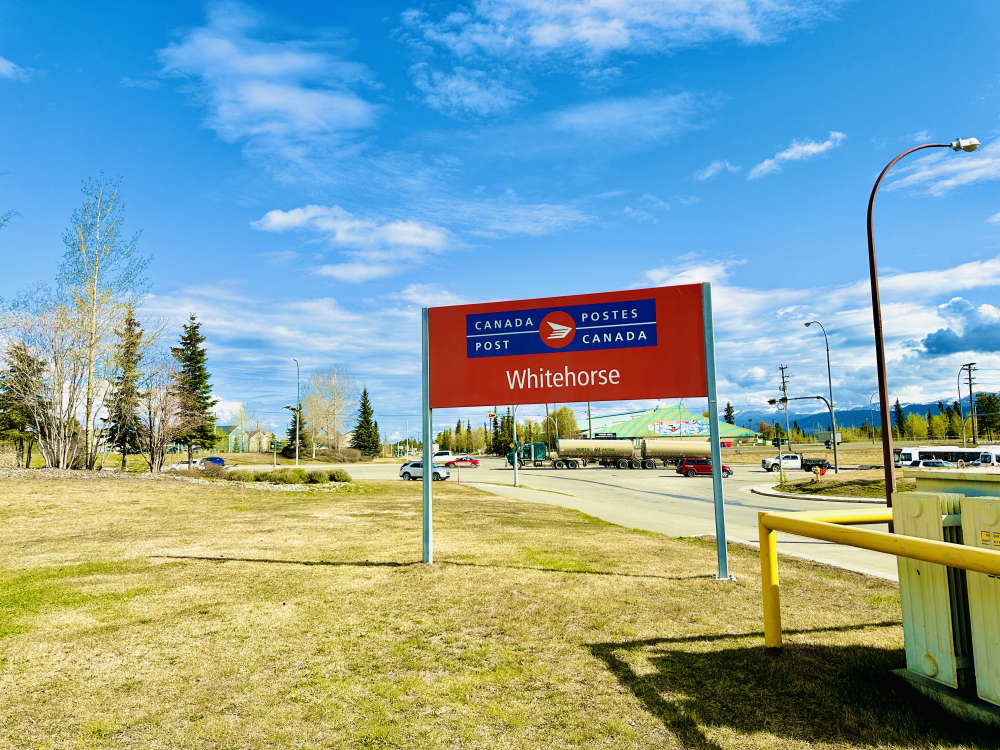 Canada Post strike looms, Yukoners brace for disruption
Canada Post strike looms, Yukoners brace for disruption
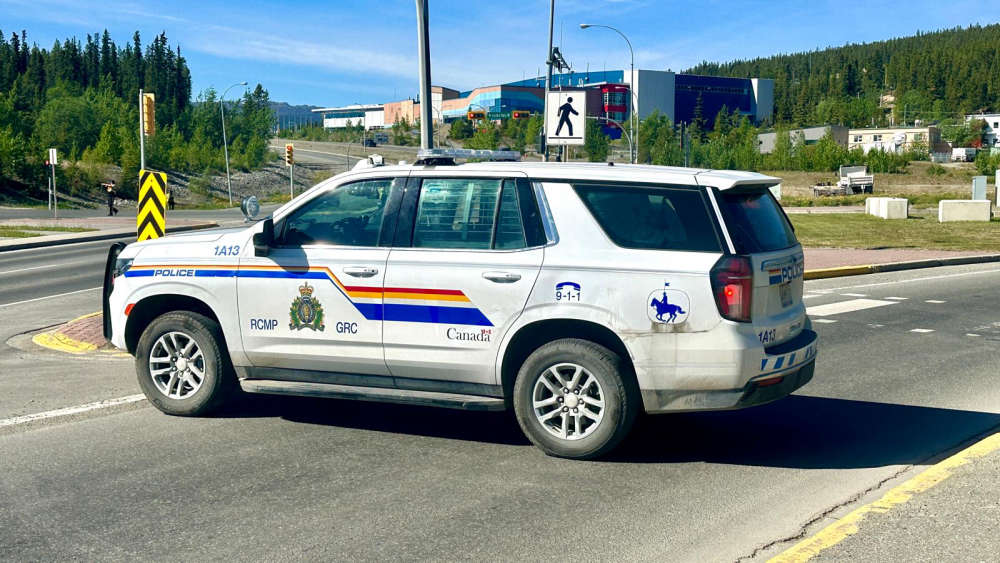 Driver charged in fatal collision that killed Yukon Government Deputy Minister and injured Minister
Driver charged in fatal collision that killed Yukon Government Deputy Minister and injured Minister
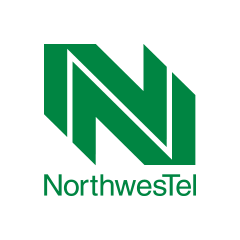 Yukoners encouraged to apply for Northwestel's Northern Futures Scholarship Program
Yukoners encouraged to apply for Northwestel's Northern Futures Scholarship Program
 City of Whitehorse summer transportation maintenance work underway
City of Whitehorse summer transportation maintenance work underway
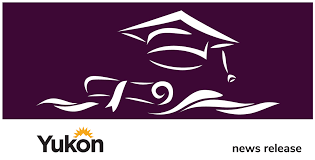 Yukon Government seeks input on new downtown public school
Yukon Government seeks input on new downtown public school
 Indigenous leadership takes centre stage: Rebecca Chartrand and Mandy Gull-Masty appointed to key cabinet roles
Indigenous leadership takes centre stage: Rebecca Chartrand and Mandy Gull-Masty appointed to key cabinet roles
 Whitehorse prepares for Annual 20-Minute makeover
Whitehorse prepares for Annual 20-Minute makeover
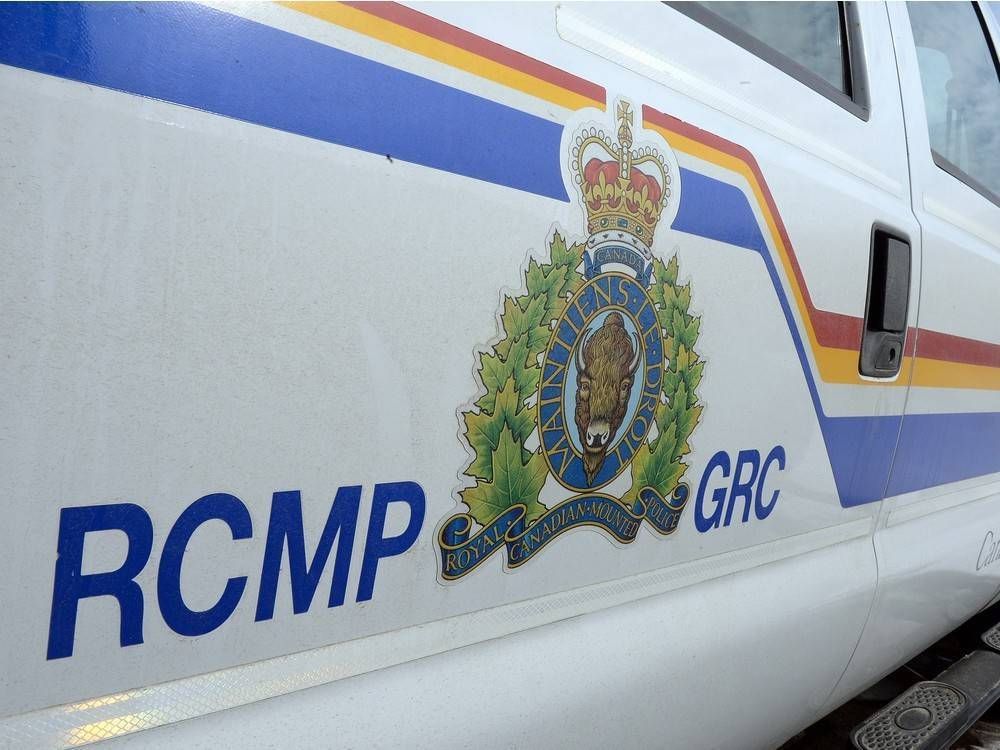 RCMP conducting training exercises on Schwatka Lake
RCMP conducting training exercises on Schwatka Lake
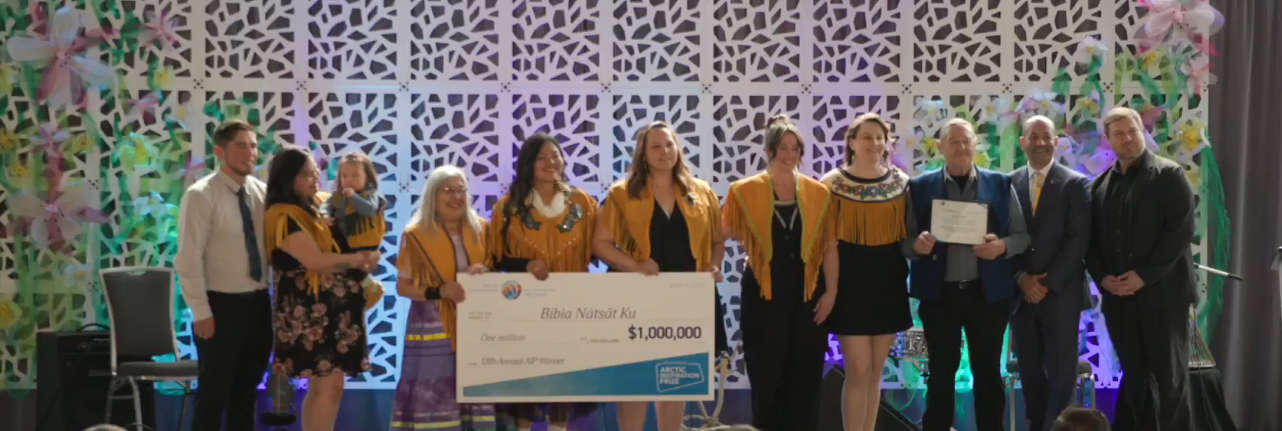 CYFN makes history as winner of prestigious Arctic Inspiration Prize
CYFN makes history as winner of prestigious Arctic Inspiration Prize